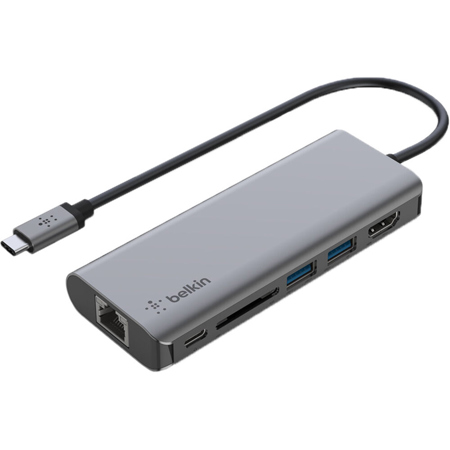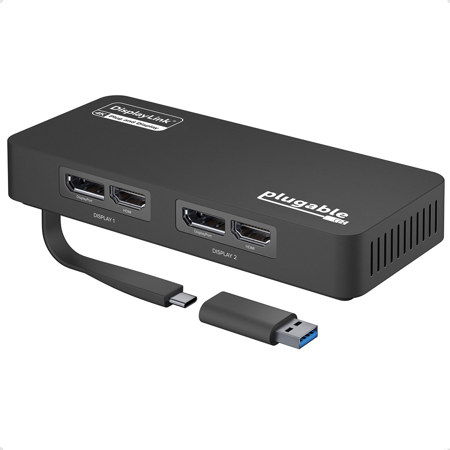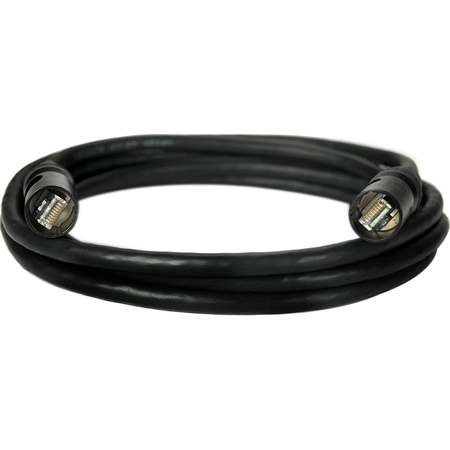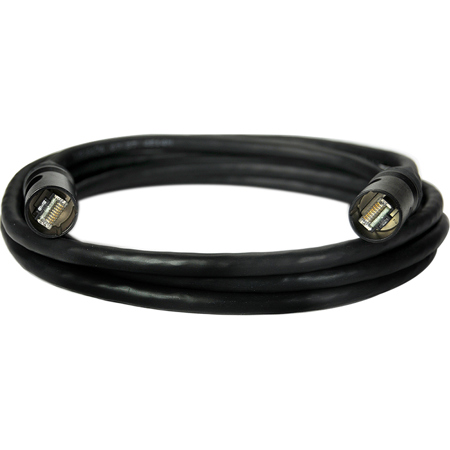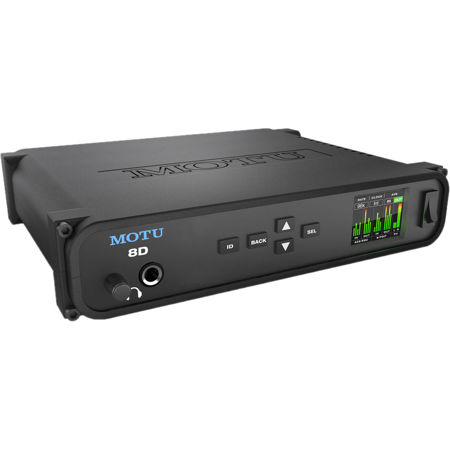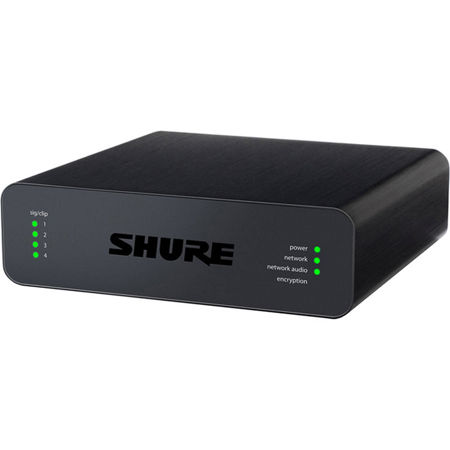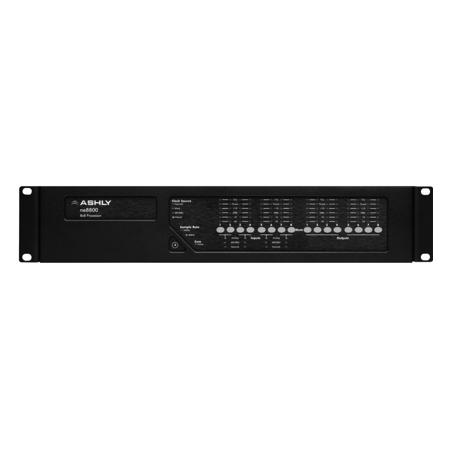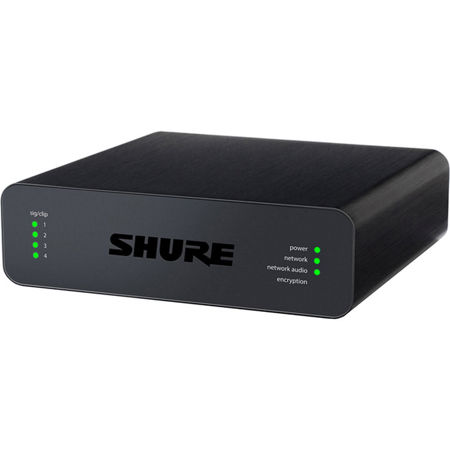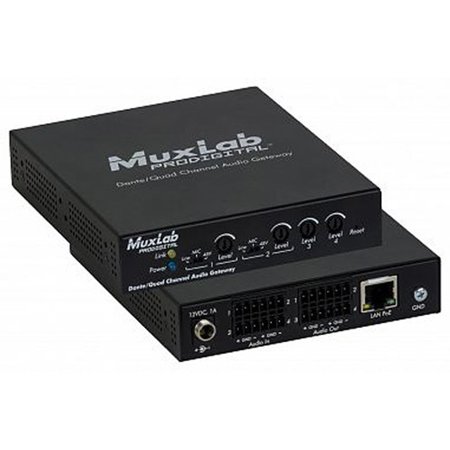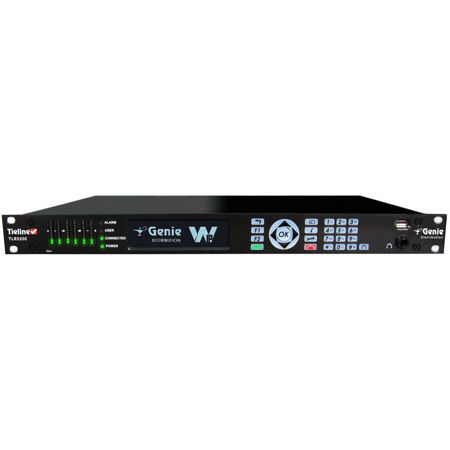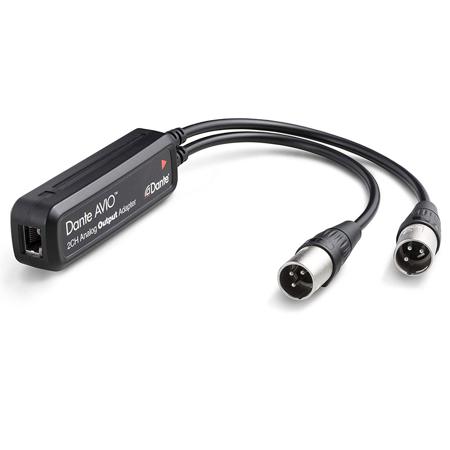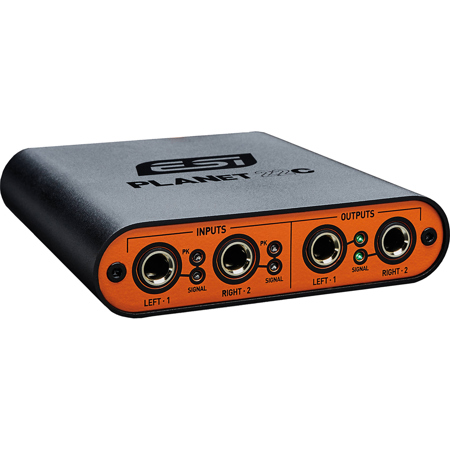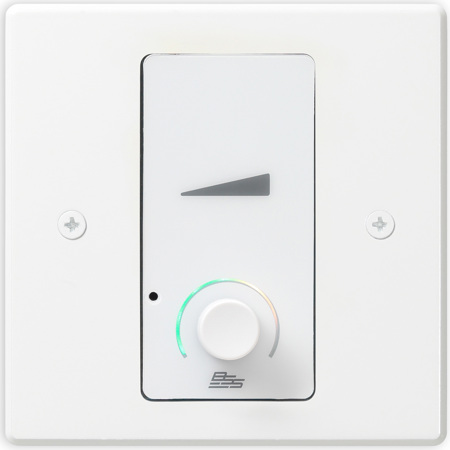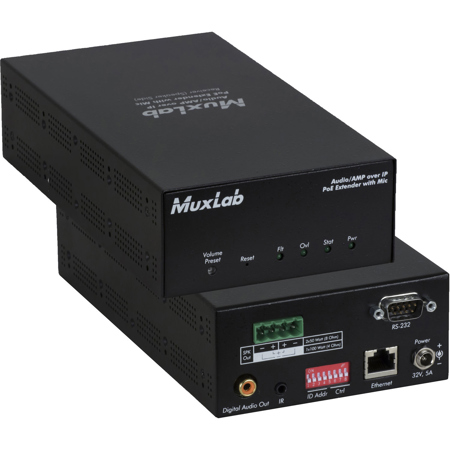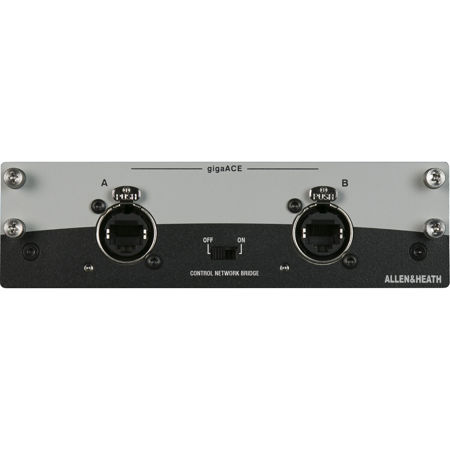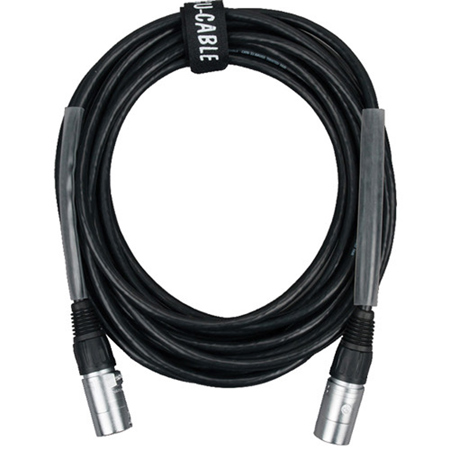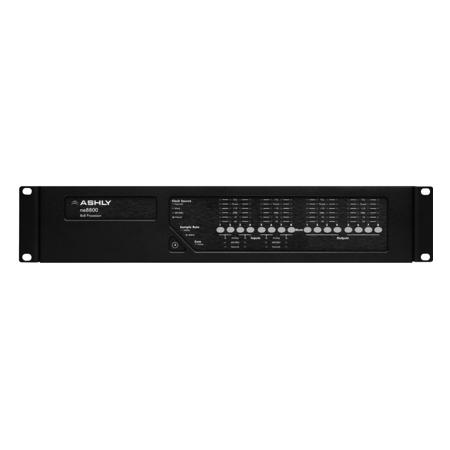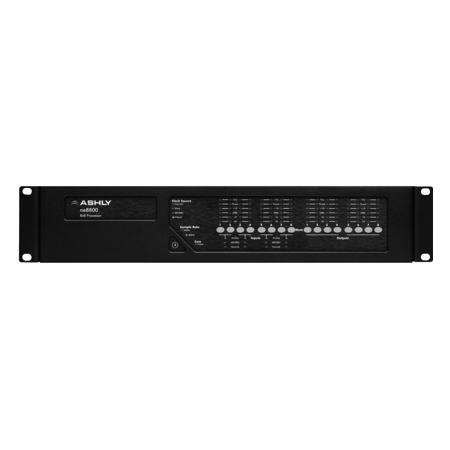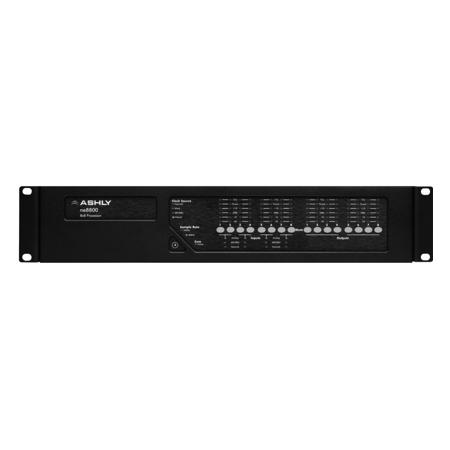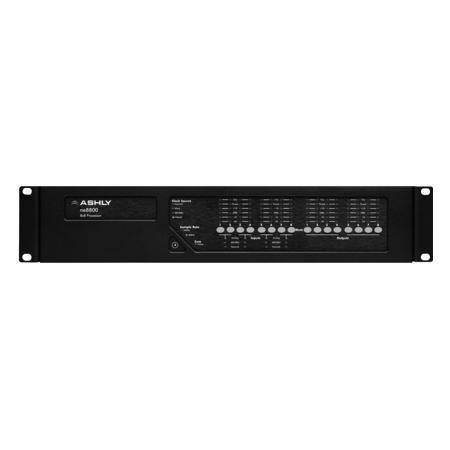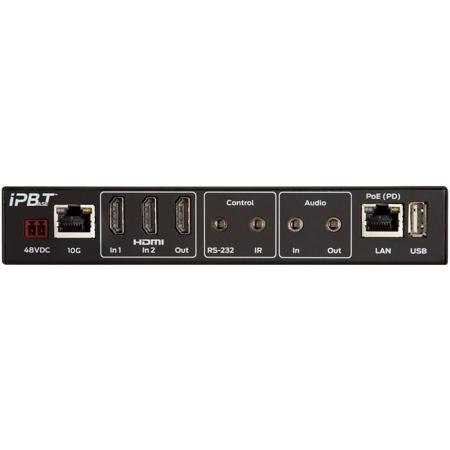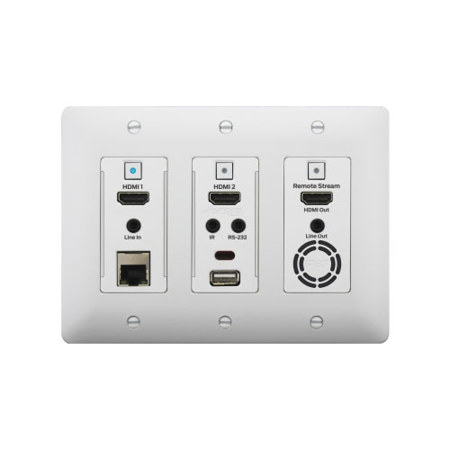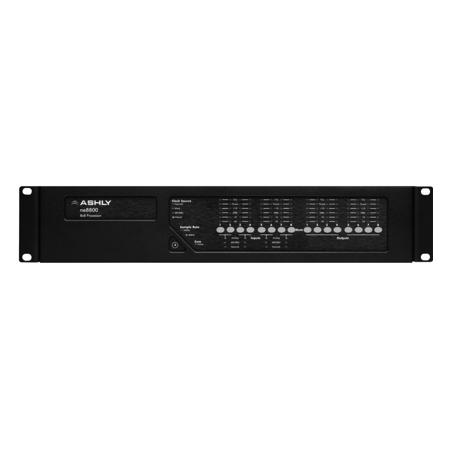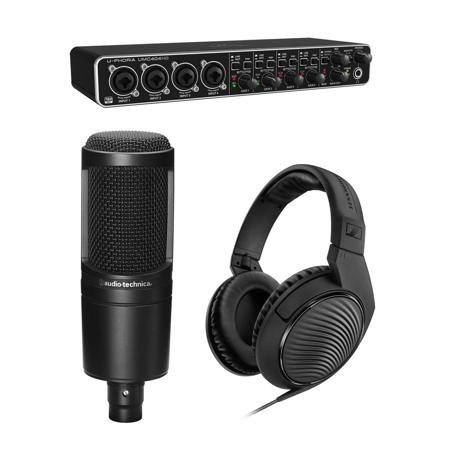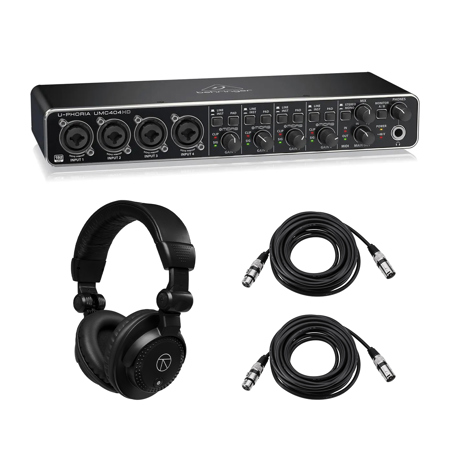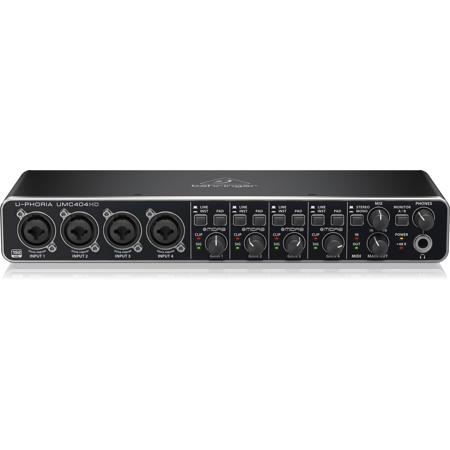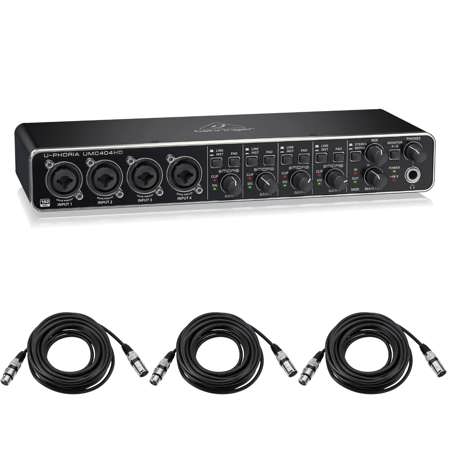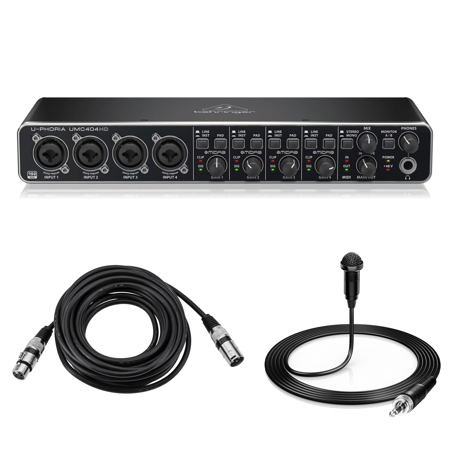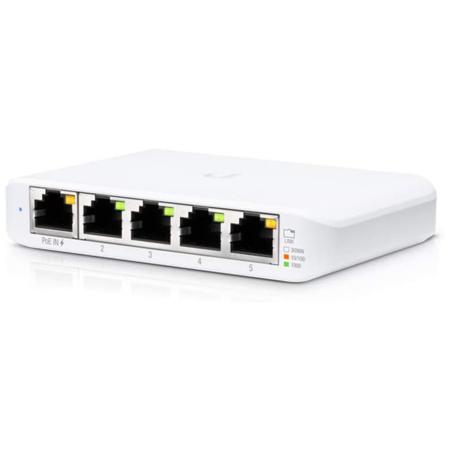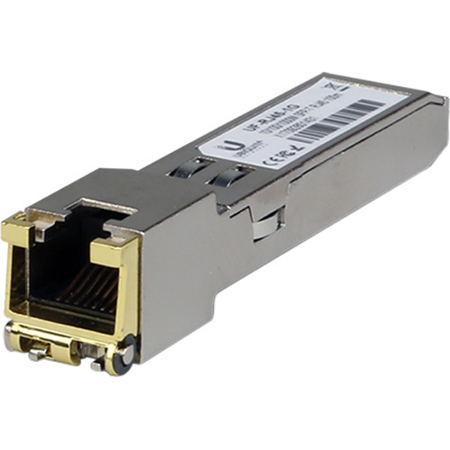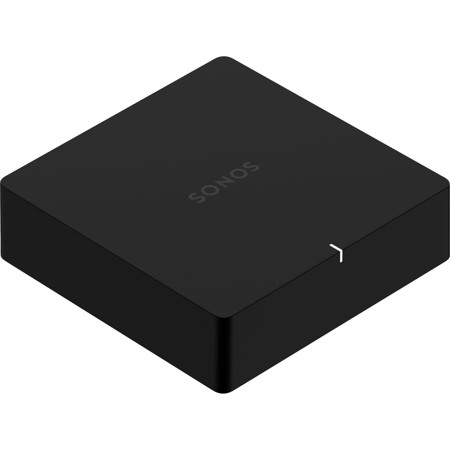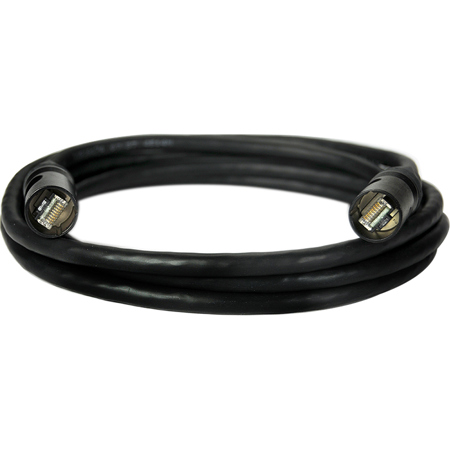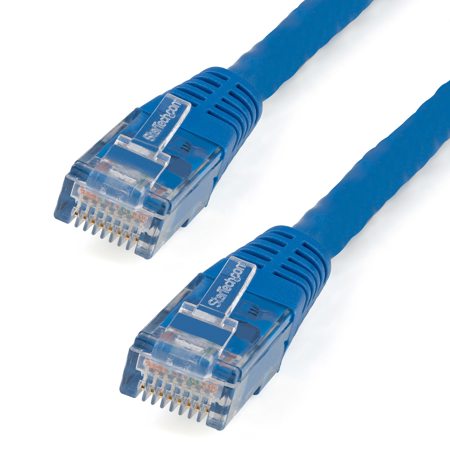Ethernet Audio
Ethernet audio technology has rapidly become a cornerstone in both professional and home audio environments, enabling seamless transmission of high-fidelity sound over standard network infrastructures. As fall approaches and event calendars fill with live performances, studio sessions, and home gatherings, the demand for reliable, flexible audio solutions grows. Ethernet audio leverages existing network cabling—such as CAT5e, CAT6, or CAT6a—to send multiple channels of uncompressed audio with minimal latency and exceptional clarity. This approach is especially valued in recording studios, broadcast control rooms, and live sound venues, where timing and sound quality are paramount. For those setting up multiroom audio systems at home or in commercial spaces, Ethernet audio offers a scalable and cost-effective way to distribute music or announcements across zones without the clutter of traditional cabling. The ability to route audio signals digitally also means that users can reconfigure their setups with ease, adapting to new equipment or changing needs without rewiring.
Selecting the right Ethernet audio equipment involves considering several factors, from the intended application to the specific protocols supported, such as Dante, AVB, or AES67. Audio ethernet conversion devices are essential for integrating traditional analog or digital gear into a networked environment, ensuring compatibility and preserving signal integrity. Audiophiles and professionals alike often seek out specialized network switches and Ethernet Connectors designed for audio use, aiming to further reduce jitter and electrical noise that could affect sound quality during digital-to-analog conversion. For those new to this technology, the process of ethernet to audio might seem complex, but the benefits are tangible: streamlined cable management, the ability to carry hundreds of channels over a single cable, and the flexibility to expand or reconfigure audio systems as needs evolve. Ethernet audio gear also makes a thoughtful gift for musicians, audio engineers, or tech enthusiasts looking to modernize their setups—especially as the season turns and new creative projects take shape indoors.
Whether you’re outfitting a cutting-edge recording studio, upgrading a live venue’s sound system, or simply seeking to enjoy high-quality audio throughout your home, Ethernet audio solutions provide the performance and versatility demanded by today’s users. The transition to networked audio is not just about convenience; it’s about unlocking new creative possibilities and achieving a level of sonic precision that analog systems can rarely match. As more homes and businesses invest in robust network infrastructure, integrating audio into these systems becomes an intuitive next step. From the subtle ambiance of background music in a restaurant to the precise cueing required in a broadcast environment, ethernet audio delivers consistent, high-resolution sound wherever it’s needed. With the right combination of converters, switches, and connectors, users can build audio networks that are as dynamic and adaptable as their ambitions.
Selecting the right Ethernet audio equipment involves considering several factors, from the intended application to the specific protocols supported, such as Dante, AVB, or AES67. Audio ethernet conversion devices are essential for integrating traditional analog or digital gear into a networked environment, ensuring compatibility and preserving signal integrity. Audiophiles and professionals alike often seek out specialized network switches and Ethernet Connectors designed for audio use, aiming to further reduce jitter and electrical noise that could affect sound quality during digital-to-analog conversion. For those new to this technology, the process of ethernet to audio might seem complex, but the benefits are tangible: streamlined cable management, the ability to carry hundreds of channels over a single cable, and the flexibility to expand or reconfigure audio systems as needs evolve. Ethernet audio gear also makes a thoughtful gift for musicians, audio engineers, or tech enthusiasts looking to modernize their setups—especially as the season turns and new creative projects take shape indoors.
Whether you’re outfitting a cutting-edge recording studio, upgrading a live venue’s sound system, or simply seeking to enjoy high-quality audio throughout your home, Ethernet audio solutions provide the performance and versatility demanded by today’s users. The transition to networked audio is not just about convenience; it’s about unlocking new creative possibilities and achieving a level of sonic precision that analog systems can rarely match. As more homes and businesses invest in robust network infrastructure, integrating audio into these systems becomes an intuitive next step. From the subtle ambiance of background music in a restaurant to the precise cueing required in a broadcast environment, ethernet audio delivers consistent, high-resolution sound wherever it’s needed. With the right combination of converters, switches, and connectors, users can build audio networks that are as dynamic and adaptable as their ambitions.
